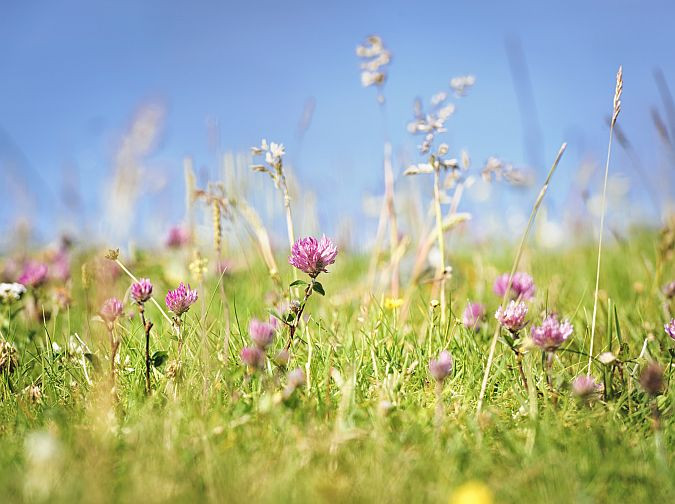Biodiversity in Slovenia - what can official statistics say about this on the World Environment Day?
Forest and agricultural land
58% of Slovenia's territory is forests and 24% is agricultural land.
In 2018, around 6 million m3 of wood was felled in Slovenian forests, of which 72% was coniferous and 28% deciduous. In Slovenia's forests, deciduous trees predominate in terms of their share of wood stock (55%). You can read more about Slovenian forests here.
In 2019, utilised agricultural area in Slovenia covered in total almost 480,000 hectares. 58% of this area was permanent meadows and pastures (common meadows and pastures are also taken into account), 36% arable land, and 6% permanent crops (orchards, vineyards, etc.). Agricultural land is very important for food production, environmental protection, preservation of the cultural landscape and rural settlement, and the performance of ecological functions.
Compared to other European countries, Slovenia has little agricultural land per capita (in 2019: 0.23 ha; average in the entire EU-28 in 2016: 0.35 ha). However, animal feed is often grown on these lands. In 2019, cereals were sown in Slovenia on more than half of the area of all fields (maize for grain is also taken into account), and green fodder on a third of the fields.
Approximately half of all utilised agricultural area in Slovenia was fertilized with mineral fertilizers in 2018, and a tenth was organically cultivated. It is encouraging that the share of the former is decreasing and the share of the latter is increasing.


